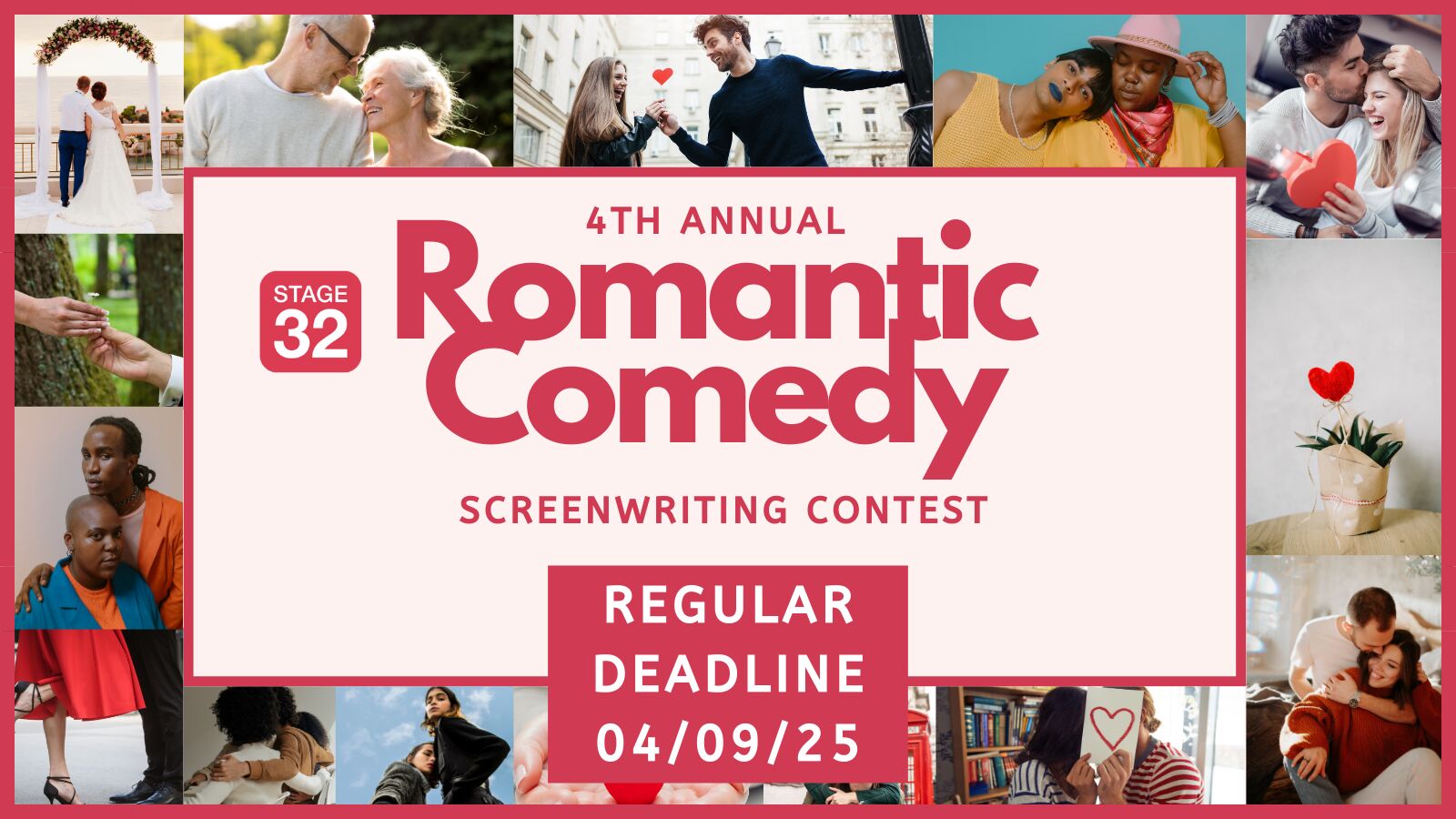I've been a fan of Christopher Vogler's The Writers Journey structure for a while and recently I discovered there's another one similar in Joseph Campbell's The Hero with a Thousand Faces. I honestly don't know which came first but what's your favorite structure?



2 people like this
Sequence structure makes the most sense to me.
3 people like this
Campbell came first (by decades) ... then the gurus followed. FYI :)
2 people like this
I personally dislike the term' 'structure' when it comes to (my) story development process. Field's three act structure, Vogler's Writer's Journey, Blake's Save the Cat beat sequence, Truby's 22 story step development, the Anatomy of Chaos 4 act, 8 sequence structure and many others all have their strengths and weaknesses. In the end, it's up to me (you) as the creator of my (your) story to develop our own method; and it changes from story to story. I don't have A FAVORITE when I have many to pick, choose and blend from..
2 people like this
They're all good ways to bring a story from a beginning to an ending. You can succeed with any defined structure, or you can fail with any defined structure.
At the end of the film, a successful story is about a subject matter with memorable characters; and that moves enough to make people feel "something" - happiness, sadness, anger, sympathy, fear, etc. And hopefully those evoked emotions were the writers' and filmmakers' intents, too.
Best fortunes to you, Julio!
1 person likes this
Just personally watching some things recently on Netflix I feel like I most enjoy the random scenes outside of the major plot points most. Also have heard people say that silence / no dialogue is becoming more popular. One of the reasons I think people don't get low-concept scripts is that so much takes place outside of the conventional narrative. Bird Man was a good example of this but of course there are many others. My least favorite parts of Bird Man were when they tried to get into serious debates about psychological issues ect. But I guess you need a little bit of that to anchor everything else.
1 person likes this
I start with a scene (or scene idea) which is normally the ending. I then think how do we get here?
I will then go to a scene that has that character in a different world, either emotionally or status.
I will then write the scene and see if it has bones. I can then consider if it is a real story or just an idea. No real structure.
Cambell's book is a difficult read for most people. Vogler's book attempts to translate it into something more digestible. The Writer's Journey was one of the first screenwriting books I bought, along with Story by Robert McKee. Both give great overviews of story and structure. Good places to start.